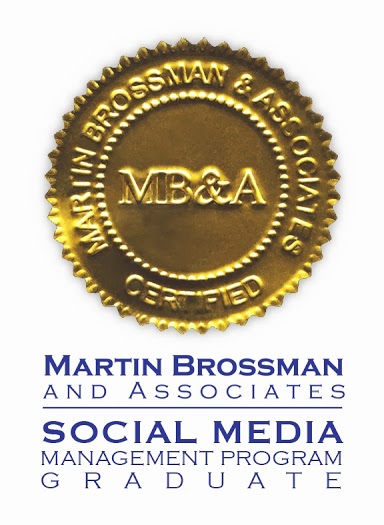Traditionally, the term “decision support system” is used to describe tools with some computer component to help people, usually managers, identify and evaluate options when faced with a complicated decision. However, you don’t need a computer to use all the components of a decision support system. A number of brain-based ways of thinking about decisions can be useful and are often much more accessible. What you need is a way to systematically think through possible outcomes of your choices and compare the relative benefit of each.
10 Minutes, 10 Months, 10 Years
Suzy Welch’s book, 10-10-10, helps you think about the future outcome of decisions you need to make: what will the outcome be in 10 minutes, 10 months, and 10 years? (Mixed reviews on Amazon; I found the book helpful.) Many times, what appears to be more important in 10 minutes (finish the assignment) has a different outcome in 10 years (get more exercise).
Some of the books reviewers think this system is nothing but common sense, without acknowledging that “common sense” is the least common of all the senses. Other reviewers, including me, realize that regularly thinking through the long term outcome of any of our daily decisions can be a discipline.
Her system gets a little complicated if you have to decide between more than two options or a “go-don’t go” situation.
Round the Clock
When I read Peter Bregman’s post about Visualizing Failure on the HBR blog this morning, I was reminded of another, brain-based, decision support tool I use called “round the clock.”
To use the Round the Clock system yourself, draw a circle on a blank sheet of paper. Mark at least the quarter hour positions, at 12, 3, 6, and 9. Now, close your eyes and imagine the best outcome possible for the decision you face. Make a note of that outcome at the 12 position.
Next, imagine, per Visualizing Failure, the worst possible outcome, given the realistic facts of the choice you are considering. This outcome goes at the 6 position.
Next, imagine two, different, outcomes, halfway between best possible” and “worst possible.” One is more good than bad, one is less great and a little more difficult, but neither should be a total failure of the concept. These outcomes belong at the 3 and 9 spots, respectively.
If your facts and imagination will accommodate you, keep going–differently successful, or un-, outcomes at each of the numbers on the clock face. However, many decisions only need the major four positions covered, before you understand what course of action you need to take.
If you’re still not sure, give yourself a day to think about the worst possible outcome that you can imagine. What exactly would that be like? What warning signals would the situation provide to you, that could indicate a need for a change in plan? Is it true, like one commenter suggested (admittedly as a very unlikely outcome), that:
What if you quit your job to start your dream company, and you fail, lose all of your money, can’t get another boring job, lose your house, can’t support your family, your family disowns you, you end up on the street, you acquire some deadly disease, and are homeless.
Equating “not starting your dream company” with “homelessness” is an awfully big leap. Very few people make that leap in one step. Very few people wind up homeless, as a result of entrepreneurial failure alone, although sometimes stories about business failure make for better cardboard signs than stories about other causes of homelessness.
If you’re pretty sure that your family would not disown you, or that you would find some job any job if your business could not provide the income you needed, then your “worst case outcome” is NOT homelessness, and “living on the street” should not be in the 6:00 position.
You may want to make a note of any warning signs you thought about as you imagine the worse case scenario.
Outcomes are Unknowable
The truth is, any outcome reasonably far into the future, involving other people, is pretty much unknowable from the start. If it were a 100% sure thing, you wouldn’t need to put your idea through the components of a decision support system, by evaluating individual steps and outcomes against what you know about the world.
We know from research in a number of fields that people are pretty bad about predicting accurately. However, most people are actually reasonably good at responding to out-of-the-blue unexpected events. What hurts emotionally are the events that are completely predictable, that we didn’t predict, often because we became too attached to one potential outcome too quickly.
When you do a round-the-clock exercise, you have an opportunity to consider and document the warning signs that could appear along the way, telling you that your path is leading to a 6:00 outcome rather than the noon version in your best dreams.
Similarly, if you regularly practice 10-10-10 thinking, it’s much less likely that you’ll turn around on your next “0” birthday and say, “I sure wish I’d exercised more…” At the very least, you’ll understand that you made decisions in favor of some other outcome along the way.
Make a decision to decide…
Big decisions can be intimidating. Using the components of a decision support system, even with pencil, paper, and your imagination, can cut a big decision into much more manageable parts. All you need is a way to systematically think through possible outcomes of your choices and compare the relative benefit of each.



Follow Us!